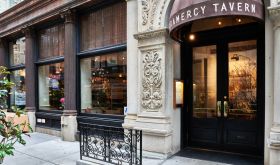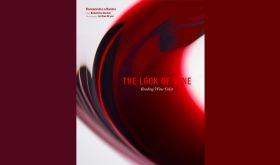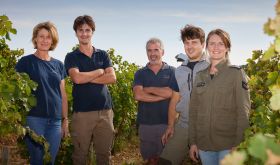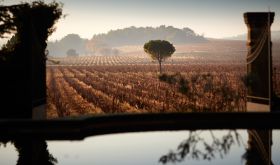Chefs shoulder a heavy responsibility, one that is unique among all professionals. They, and only they, are trusted to select, prepare and cook ingredients for our digestive system, everyone’s most personal and most vulnerable eco-system. We put our trust in those who cook for us on a daily basis in a way we trust no one else.
In a restaurant the balance in this relationship can be restored by the presence of a menu that allows us to choose either those dishes we feel most comfortable with or those we feel most in need of. But without a menu, the diner is flying blind, placing all his trust in the chef.
Over the past 20 years via undivulged tasting menus, a growing number of chefs have assumed greater control, stipulating that the customer has to put complete faith in their judgement – albeit recently taking into account their food allergies and dislikes. But for the chef and the customer this is a high-risk strategy: the former has to hit a very high proportion of high notes for the latter to believe at the end of the evening that he or she has not been disappointed and, invariably, expensively so.
Christopher Kostow, the chef at Meadowood, the destination resort Bill Harlan, a highly successful real-estate developer, has sensitively carved out of a verdant valley off the Silverado Trail in California’s Napa Valley, adopts this high-risk strategy and has garnered considerable acclaim for his approach, including three Michelin stars.
He starts with numerous natural advantages. The walk from our Meadowood cottage at 6 pm through the fading sunlight could not have been more appealing to the senses and, as we approached the restaurant, there was a view of the evening mist moving in across the golf course in the background.
The interior of the restaurant sensitively reflected this setting. There was the feeling of an English pavilion about the place with large windows, a high wooden ceiling and a sense of space and comfort. We sat down in a mood to be impressed.
Then along came a waiter who recited back the food allergies we have sent in advance, confirmed that the menu will appear only at the very end and advised us that the food, not that surprisingly, will evolve from a series of dishes that favour white wines to several that favour reds.
This explanation is reinforced by sommelier Benjamin Richardson. In terms of personality, knowledge and charm, he is the star performer on the night. Unfortunately, there is no one to match him for continuous personal attention on the food side. Over the next two hours a series of dishes are brought to us, swiftly and without any longeurs, by a series of young waiters who came, cleared and left, but there was no one who seemed to take overall responsibility for our comfort.
A series of light vegetable dishes gets the meal off to a lively start, most notably a plate of crudités picked that morning, fermented in a champagne yeast for extra flavour, and a small bowl of potato, also fermented, hiding a small mound of oscietra caviar and their rendition of Parker House rolls, first created in the Boston hotel of that name in the 1870s.
But as the meal developed and the combinations became more ambitious, the overarching sense of balance broke down. A bowl of three thin slices of mackerel, its skin blackened and topped with thin slices of young celery, was let down by the over-acidic verjus, the juice of unripe grapes, that lay underneath.
This was followed by a far more unlikely but equally disappointing combination of a thin slice of foie gras, cured in a mixture of rice, sea salt and water, served on one dish, and a clam, diced and served back in its shell. Now had there been a menu, I may well have ordered this dish, intrigued by a combination of ingredients I had never seen before. But now I know why I haven’t seen it before – it is less than the sum of its parts and we left most of the clam.
At about course eight, a fine rendition of a consommé was served poured over a small tea bag of diced herbs, a modern alternative to the sorbet course of yore. But at this stage of the meal, as we moved on from white to red wine, it seemed misplaced. There is surely a good reason why consommé has always been served at the outset and this re-interpretation was not an improvement.
Our main courses were one slice of lamb with yams and several thin slices of aged bavette, both lukewarm, the latter with nothing other than a sauce of shiitake mushrooms. It was unquestionably good beef but equally unquestionably dull in its isolation.
The high quality of the baking to date led us to have high hopes of dessert but what the tattooed pastry chef brings to our table was again unbalanced. Pears, cooked in pear pomace, the solid remains of the pressed pear, were spooned over a brown sugary concoction. The combination was overly sweet and also overpowered by the amount of rosemary it had been cooked with.
The menu and $600 bill for two are handed over in separate envelopes, each individually sealed with a wax seal, alongside a handwritten note from Nathan saying what a pleasure it had been to take care of us. As the customer, I simply could not share this enthusiasm.
The photo above is taken from the Meadowood website.
The Restaurant at Meadowood 900 Meadowood Lane, St Helena, California 94574; tel +1 (707) 967 1205














